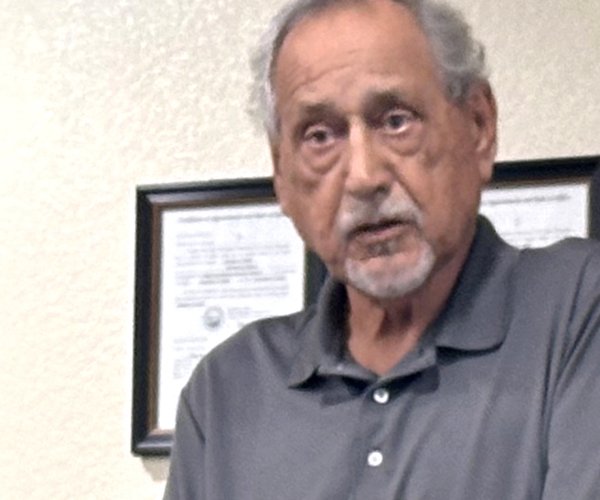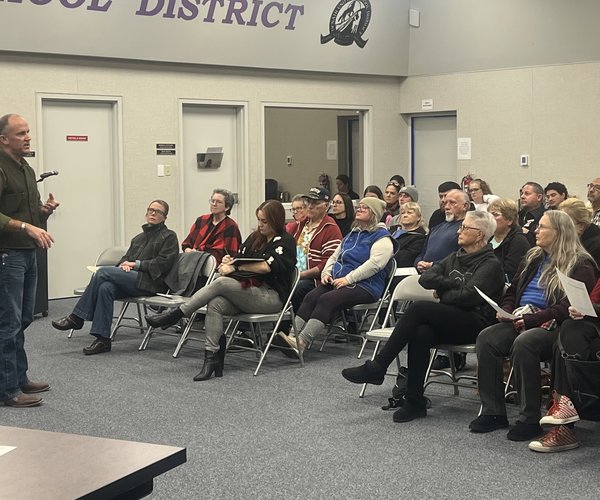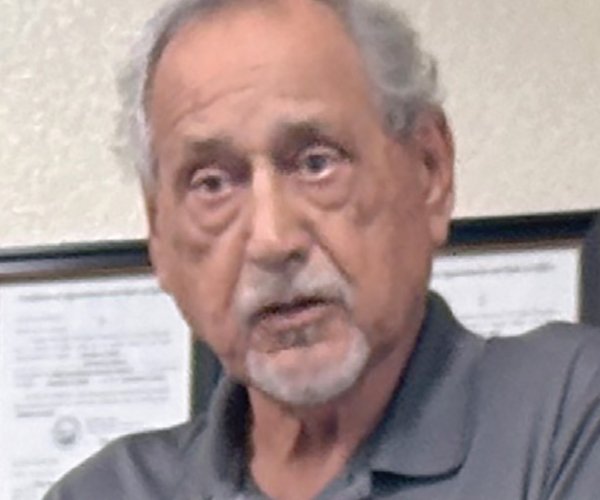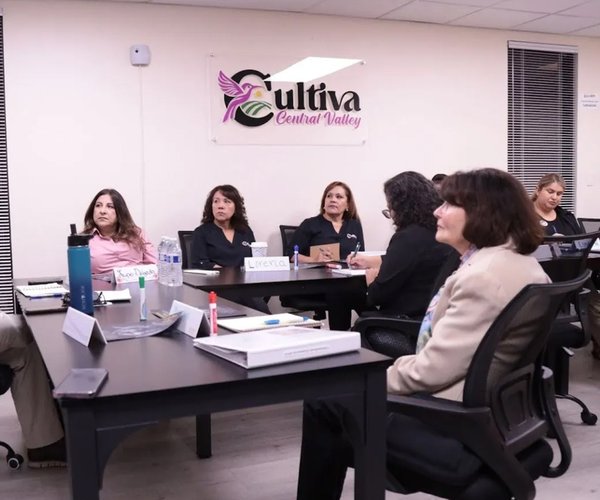With COVID-19 cases on the rise in California, the California Department of Public Health is implementing a limited curfew for the next month in counties currently in the purple tier.
Statewide limited curfew to start Saturday





